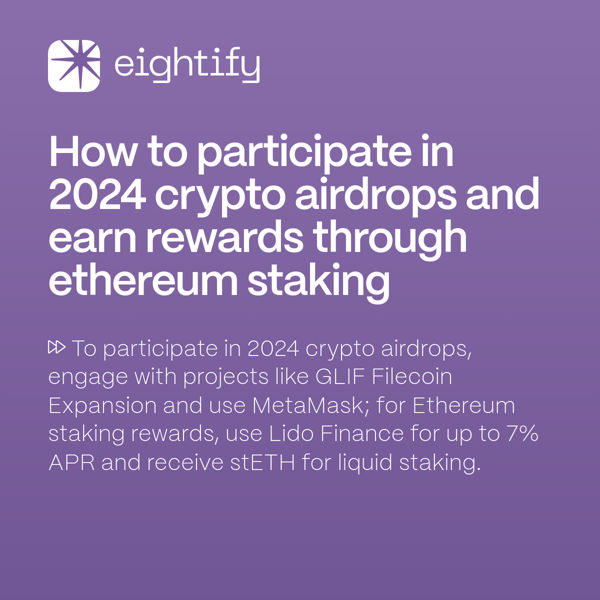Non-fungible tokens, or non-fungible tokens, are quickly shaping the digital realm. But, exactly are NFTs, and why are they gaining considerable attention? In the world of crypto assets, NFTs represent a evolutionary leap, ushering in new possibilities for creators and collectors alike. Let' How to mint NFTs into the captivating world of NFTs and explore its real nature.
Defining NFTs
At its core, an NFT stands for non-fungible token. Unlike cryptocurrencies such as Bitcoin or Ethereum, which are interchangeable and hold the same value, non-fungible tokens are unique digital assets that cannot be replicated or replaced. Each NFT is unique and exists on a blockchain, ensuring authenticity and provenance.
What distinguishes NFTs truly noteworthy is their ability to tokenize possession of digital artwork, items, content, and even digital real estate. Such digital assets can be bought and sold using cryptocurrency, allowing creators to monetize their work and collectors to curate one-of-a-kind portfolios.
The Mechanism Behind NFTs
Non-fungible tokens obtain their value from scarcity and interest. When an artist or creator issues an NFT, they set criteria such as limited edition runs, one-of-a-kind features, or exclusive access rights. This scarcity contributes value to the NFT, resulting in a marketplace where collectors compete to acquire coveted digital items.
The process behind NFTs depends on blockchain technology, particularly the ETH blockchain, which supports the creation and trading of these digital tokens. Every NFT is minted with distinct metadata, including details about the artist, possession history, and intelligent contracts that govern transactions.
Potential Uses and Impact of NFTs
The tremendous growth of NFTs has sparked curiosity across various industries, beyond creative and collectibles. In music and gaming to real estate and authentication, this technology underlying NFTs opens new avenues for creative expression.
In the music industry, for example, musicians can digitize ownership of their tracks and recordings, allowing fans to purchase limited access or collect unique editions. Similarly, in the gaming realm, gamers can possess unique virtual items or land, forming thriving digital economies.

As NFTs continue to garner momentum, its influence on conventional economic systems and societal norms remains to be determined. Nevertheless, one thing is certain: NFTs have the capacity to transform how we view and interact with digital assets.
Discovering More About NFTs

For those curious in delving deeper into the world of NFTs, Coinatory a well-known cryptocurrency publication offers an insightful article exploring the subject in detail. Be sure to check it out to gain further insights into the intriguing domain of NFTs.
To sum up, NFTs stand for beyond digital assets; they signal a shift in the way we value and transact innovation in the digital age. With technological continues to evolve, this potential of NFTs stays boundless.

